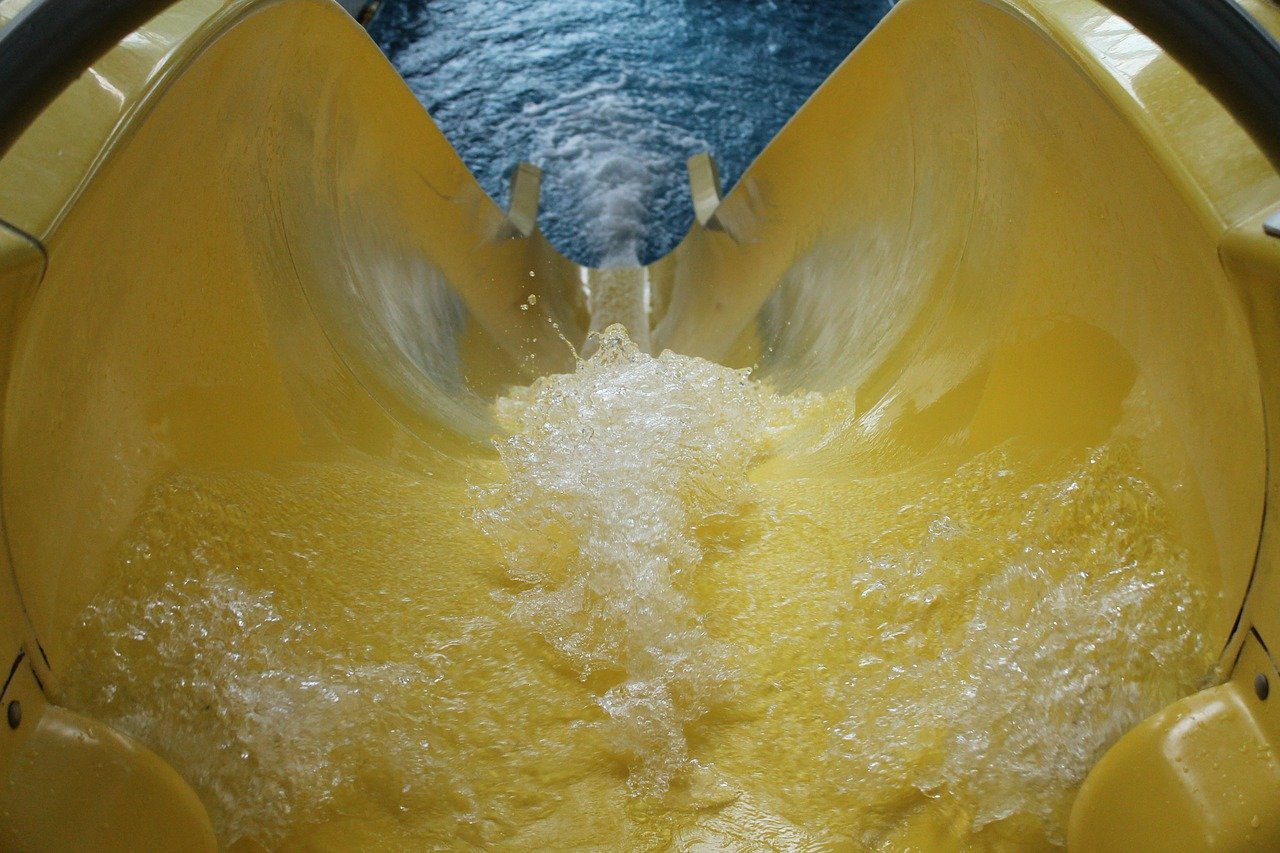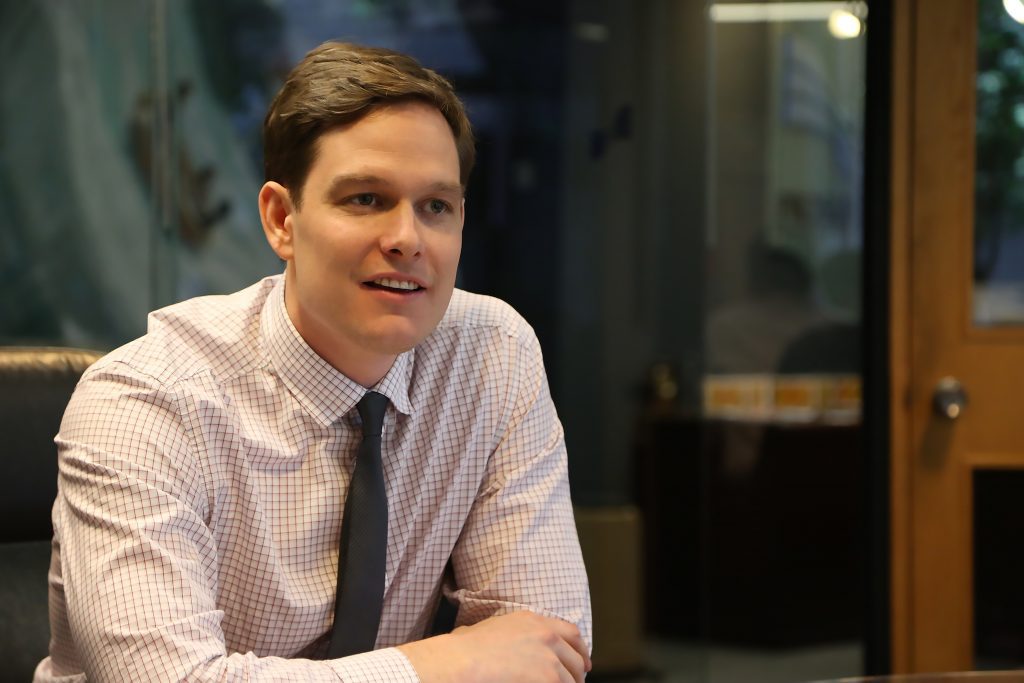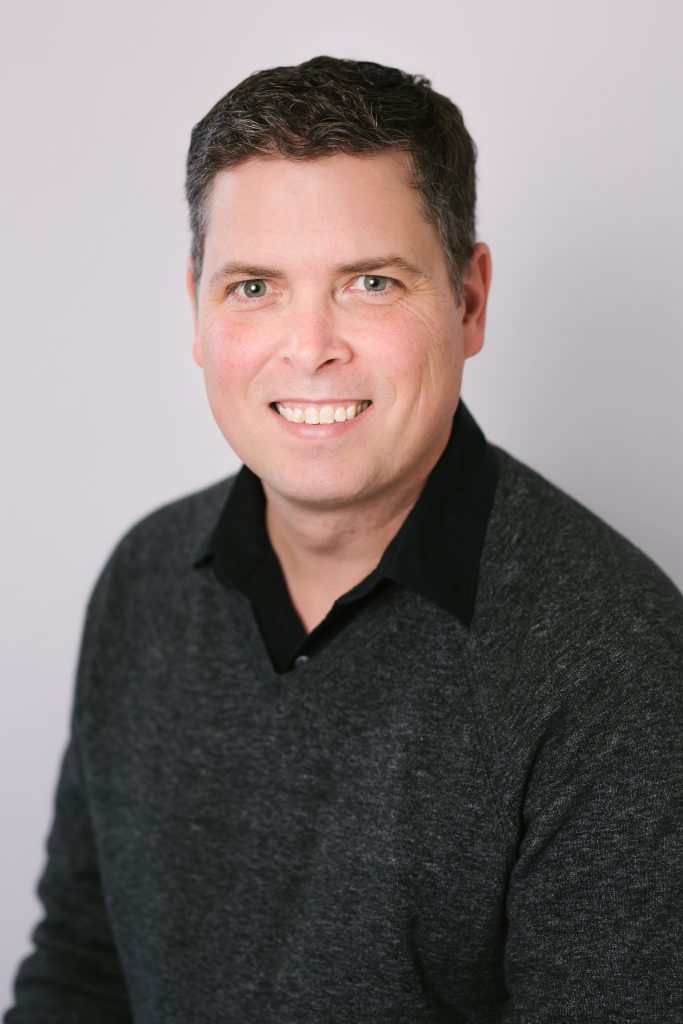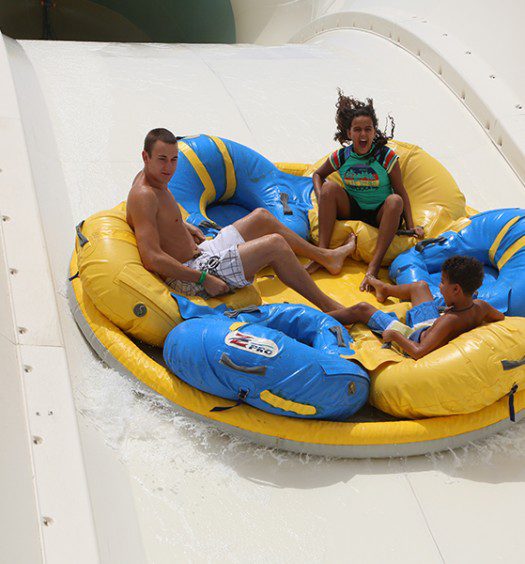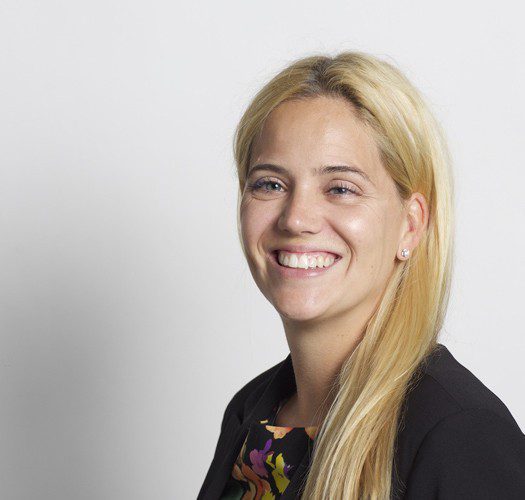The waterpark industry has produced an excellent track record of delivering safe family recreation. In fact, a visit to a waterpark is the safest way for families to play together in the water. Achieving these results is not as effortless as floating down a lazy river attraction – it takes a great amount of dedication and teamwork each day. InterPark’s Beth Whittaker spoke to three water amusement sector leaders to find out what it takes to ensure guest safety at every stage
ProSlide
Based in Canada, ProSlide is a water slide manufacturer and waterpark designer, creating some of the most successful water rides and parks in the world. Providing visionary waterpark designs for new and expanding indoor and outdoor waterparks, its collaborative team and iterative master planning, based on decades of experience, takes waterparks from blank page to legend.
ProSlide’s Ray Smegal, vice-president of design and product strategy, tells InterPark: “The main thing waterpark operators need to do in terms of safety is ensure they understand their attractions. Common issues can include water flow, correct guest instructions and weight issues. To ensure safety at their parks, operators need to perform their role as ride safety managers; work closely with ride and attraction vendors; perform regular ride walk throughs; ensure proper guest communications and signage; and enlist guest participation in safety.
“Safety standards such as ASTM are a critical driver for waterpark and attraction development,” he continues. “They set a level playing field for all vendors, owners and operators and give best practices and guidelines for those parties to follow. ASTM has been in place for several years now and ProSlide is proud to have participated strongly in the development of the current standard. We are working as a member of the ASTM Safety Committee to continue to evolve the standard as our industry evolves.
“This American standard has been adopted by many others around the globe and there are also other standards in place such as EN in Europe and GB in China. Organisations such as the WWA and IAAPA are also critical in the mix as they bring the industry together around consistent standards and approaches to safety and beyond. The US is the most mature market when it comes to safety in my opinion, simply because they’ve been in the business for the longest time and have had the opportunity to work through the many issues and ‘growing pains’ of any new endeavour.
“Fortunately, the mature markets around the world can be used as models for the emerging markets and as our industry community both grows in scope around the world and shrinks in distance owing to great connections and organisations such as the WWA and IAAPA, those lessons and best practices can make it into the emerging markets at a much faster pace.”
As a leading manufacturer of water rides, as you would expect, ProSlide takes certain steps to ensure its rides are safe as Smegal explains: “We have a deep understanding of national and global standards and have leadership at ASTM through Andreas Tanzer, our director of research and design, who is one of the main architects of the ASTM standard for waterparks. In fact, Andreas was awarded with the Kelly Ogle Memorial Safety Award for his work. Beyond crafting the industry standards, internally we rely on our design, product development and quality assurance teams to ensure that we adhere to all relevant standards at every turn. As well as this, our marquees are audited by independent third parties such as TUV and CSEI and of course the major brands with whom we work have their own auditors and safety personnel who look at our work very carefully.”
As you would expect, Smegal sees staff training as critical in maintaining safety standards at waterparks and as many parks have seasonal staff, refreshing this training regularly is even more critical.
“We have a very robust ride verification and handover process that includes many hours of hands on training with owners and operators regarding all aspects of operation and maintenance,” he says. “Our customer care department also offers post-install training to ensure teams are kept up-to-date for the entire life of the attraction.”
In terms of do’s and don’ts, for Smegal, while it may seem obvious, it is important operators develop their own guidelines based on vendor recommendations; conduct internal training and regular audits; communicate clearly with staff and riders; and work with a reputable vendor with a provable safety record.
“Operators should never take anything for granted,” he says. “They need to understand the complexity of today’s water rides as compared to many years ago… the attractions today are much more complex.”
Vortex Aquatic Structures International
Vortex is a world leader in aquatic play solutions. Having entered the market in 1995 with the introduction of the first Splashpad, Vortex uses the highest quality materials coupled with unique, inspiring design and state-of-the-art engineering. With over 7,000 installations in 45 countries, Vortex’s mission is to lead the aquatic play industry by developing the most fun, innovative and safe products for families and children of all ages and abilities.
Scott Stefanc, account manager and business development manager for Vortex, tells InterPark: “The most pressing concern for waterpark operators is adequate staffing of qualified personnel, from managerial to on-ground staff. This means proper training and certification so that injuries are kept to an absolute minimum and guests can feel confident that they are in safe and secure environments.
“Once staffing is addressed, clear and concise directions and guidelines from manufacturers and life safety consultants need to be incorporated into staff training policies. We strongly recommend that training provided by manufacturers for operators is captured by video as well as on paper so that it can be repeated as new staff come on board.”
For Stefanc, in terms of maintaining water rides after installation, first and foremost, the operator should be following the guidelines established by the manufacturer, in order to minimise and eliminate almost all issues regarding lifespan and durability.
“At the very minimum, daily inspection of all the rides should be performed in order to assure that the ride hasn’t been damaged,” he says. “This includes visual examination, the integrity of the riding surface, all joints and supports, as well as confirmation of water flow.”
As a manufacturer, Vortex ensures its rides are safe by insisting all codes and standards are reviewed for applicable requirements and the rides produced meet or exceed the most stringent of requirements. “Each country has its own standards regarding health and safety as it relates to operations… and even within a country there are differences between states and provinces,” he says. “There are some standards that are very common and are cross-referenced, such as ASTM and MAHC standards, but each jurisdiction has final say in what may be required, such as needs for attendants, depth of water and so on.”
For Stefanc, having these co-ordinated, multi-representational groups creating a common language has helped remove and reduce confusion within the industry and is providing operators with confidence that the product they install is safe.
“North America and Europe are still leading the way in terms of implementing standards for safety,” he says. “Additionally, some countries in Asia and the Pacific are also implementing some strong standards.”
Rolba Loisirs
Rolba Loisirs is a specialist in the creation and installation of aqua parks and theme parks throughout Europe, North Africa and South America. Constantly working on new aquatic designs, its expertise and technology means it is able to design an infinite range of water sports facilities. Based on its long-standing experience in the industry, Rolba recently designed a new attraction called Family Rafting River, which sees the entire family travel along either a river inside a dark tunnel, representative of an underground river, or an open air ride and tunnel combination.
Rolba CEO and sales director David Cappelletti, told InterPark: “I believe the main problem that can occur in waterpark attractions is the non-compliance by users in terms of the safety instructions. As a manufacturer and designer, we try to imagine every scenario possible – even the unimaginable when considering safety concerns.
“In terms of the technology we use for our rides, we are obliged to transmit a multitude of official documents at different stages of the manufacturing process, as well as the certificate materials, as by request of the security organisations in the countries where the attraction is being specified.
“These official safety standards and certification have ensured that all water attraction manufacturers are working to the same safety level. Nevertheless, there are still companies that somehow manage to get through these standards, which can lead to a destablisation of the market.”
In terms of how strictly these standards are enforced, for Cappelleti, China is currently surpassing Europe and the USA in terms of what is required from amusement and water attractions. “The safety standards in China have quite recently been renewed,” he tells InterPark. “They haven’t been renewed in over 10 years – and this recent renewal has seen the GB 8408-2018 become one of the most draconian standards in the world! They have used European and American standards as a starting point and built on it.”
Once the attractions are in place, for Cappelleti, it is important that his team works with the customers (park operators) to evaluate the skills of the staff at the park and to help them maximise safety levels. “We create a maintenance manual for each different attraction and everything really does depend on the attraction you are dealing with. In general, it is not necessary to have to intervene as with each installation comes the staff training. This is very important to us, especially when we’re installing conveyors of wave machinery.”



